Remarkable cricketer who hit the ball over Lord's pavilion 'denied blue plaque over mental health stigma'
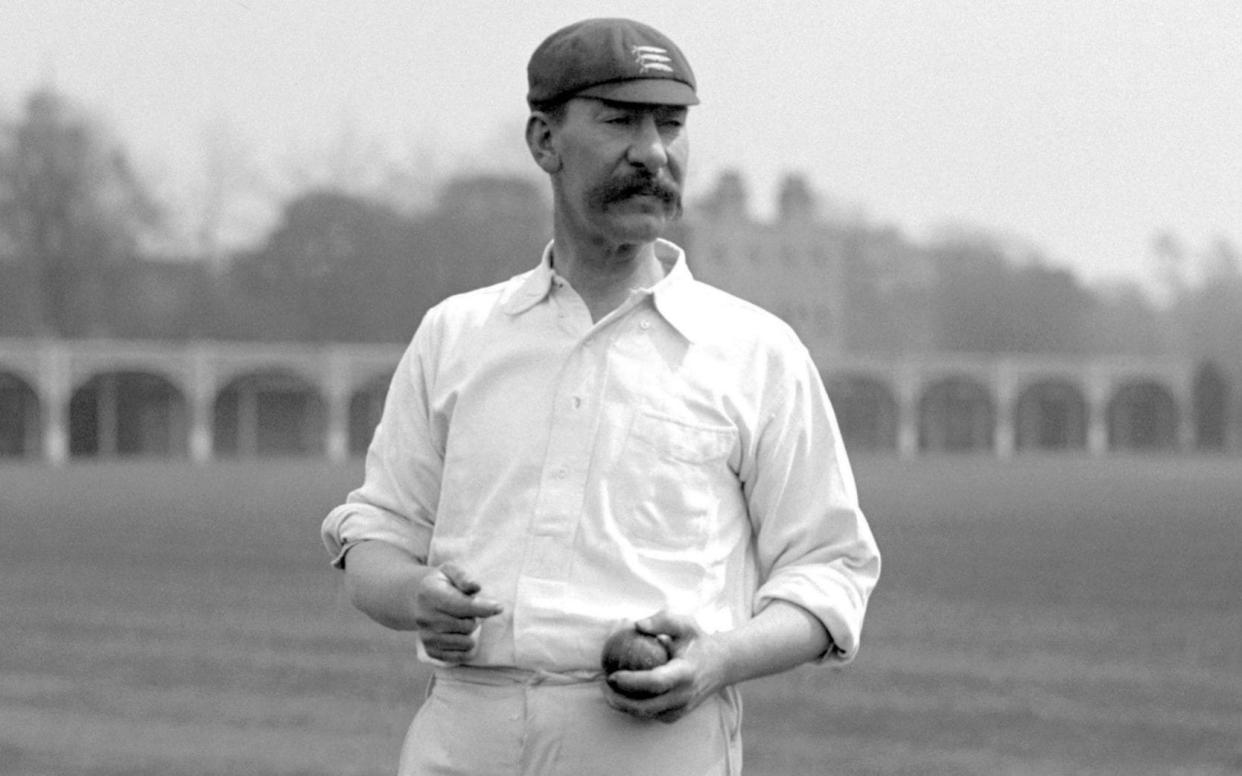
On July 31, 1899 a cricket ball bounced off a chimney and dropped into a back garden at number six, Grove End Road, in Marylebone.
It had been hit, thumped, from the middle of Lord’s Cricket Ground, and sailed more than 120 metres over despairing Australians in the outfield and joyous MCC players on the dressing room balcony.
In clearing the famous pavilion at the home of cricket, Albert Trott wrote himself into the history books as the only player to this day to have achieved such a feat.
Trott was more than just a one hit wonder, and in a peculiar quirk, turned out for both his homeland Australia and his adopted England in Test cricket.
He was named Wisden’s cricketer of the year in 1899 and is also one of only two players to take two hat-tricks in the same first-class innings, in 1907.
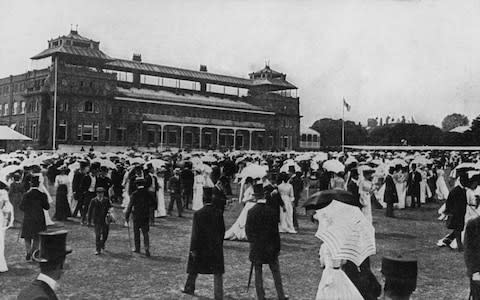
Trott was widely regarded as one of the best cricketers of his generation, with more than 1,500 first class wickets and 10,000 runs to his name.
But just three years after his retirement, aged 41, the effects of depression, physical and mental illness became too much. He lost his job when the runs dried up, lost his house when he couldn’t keep up payments and lost his family when his wife and children returned to Australia.
He took his own life nearly 15 years to the day since that mighty drive into the north London skyline.
Trott was near penniless when he died, and the MCC paid for his funeral, but there is no permanent commemoration to the all-rounder, although they still have his famous bat.
Last year, Steve Neal, who wrote a biography of Trott called ‘Over and Out: Albert Trott: The Man Who Cleared the Lord's Pavilion’ applied to English Heritage for an iconic London blue plaque to be fixed to Trott’s former home in Balmoral Road, Willesden, but they turned it down.
“His achievements have been overlooked by many because of the taint of suicide,” says Neal, but English Heritage say that they rejected the application for other reasons.
Howard Spencer, the senior historian who directs the research into the London blue plaques for the charity said: "There is a set criteria that the panel uses as a yardstick to consider all nominations, and the most important aspects of that is that person has to be of significant public standing and to have made a positive contribution to human welfare or happiness.
"We are looking for fame, not infamy.”
English Heritage added: "Ultimately the panel decided that his overall sporting record wasn’t so exceptional that a blue plaque was the best means of remembering him.”
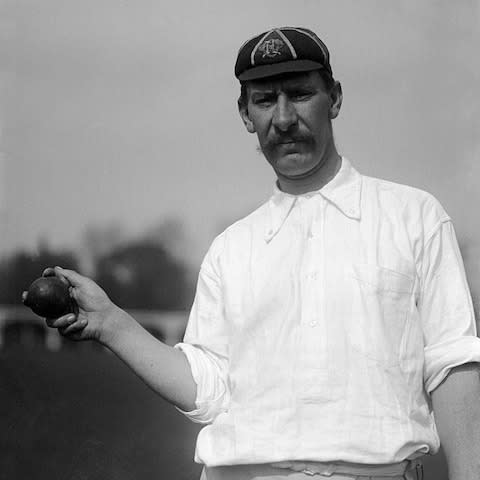
However, calls for a permanent recognition at his home been amplified the Labour MP for Brent, Dawn Butler.
Speaking to the Telegraph, she said: “I support the campaign for Albert Trott to be formally recognised for his remarkable achievements, and I am proud that he lived in Brent.
“We must do all we can to celebrate great sporting talents and that includes those who sadly suffer from mental health issues.
“The way his life tragically ended does not take anything away from what he achieved, and sharing his inspirational story and marking his achievements can help others in sport who may be suffering from mental health problems and encourage them to seek help.”
Some 35 people were rejected in 2017 and their names were disclosed by English Heritage to the Press Association. While 12 plaques were put up, Philippa Fawcett, the mathematician daughter of the suffragist Millicent Fawcett, was one of those who missed out.
Mr Spencer said: "Philippa Fawcett was an outstanding mathematical scholar at Cambridge, but it was felt her later career - through no fault of her own - didn't quite match up to the early promise.
“You can't commemorate someone on early promise."
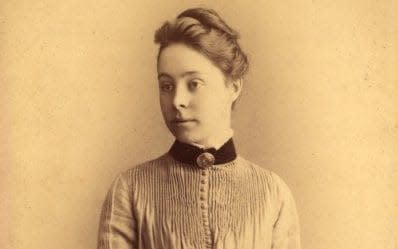
In response, Sam Smethers, Fawcett Chief Executive, said: “It is really disappointing and short-sighted not to honour Philippa Fawcett with a blue plaque.
“Her early achievements alone merit the honour because she experienced the institutional sexism and discrimination which so many women of her generation did.
“It seems that we still find it difficult to commemorate women.”
The Royal Mail’s pioneering postman Gustav Hamel was not commemorated either. The German-born Briton flew the world's first scheduled flight on September 9, 1911, aged just 21, carrying mail between Hendon and Windsor, covering the 20 miles in 15 minutes.
A spokesperson said: “Royal Mail are incredibly proud of the contributions made by Gustav Hamel to the modernisation of the UK postal service. We have been responsible for a number of world firsts throughout our 500-year history and pioneers such as Gustav played an essential role in our development.”
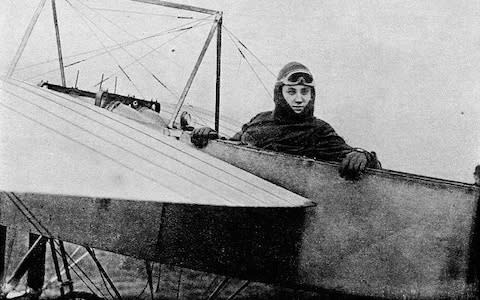
Selected others who did not make the grade for a blue plaque:
Katherine Bradley (1846-1914) and Edith Cooper (1866-1913) - Poets
The lovers - who were also aunt and niece - published their acclaimed verse under the pseudonym Michael Field, even after they were exposed as the authors. Their work touched on female sexuality and proved groundbreaking, although it was perhaps not fully appreciated at the time. They died within a year of each other, both of cancer, and were buried in Mortlake.
Clara Collet (1860-1940) - Economist and women's rights activist
The researcher was a family friend of Karl Marx and his daughter Eleanor, and would regularly attend clubs reading and reciting Shakespeare. Collet lived across London but it was a stint in the East End, during the time of Jack the Ripper, that saw her focus on "women's work". Her investigations concluded that many women were forced into prostitution due to a meagre income, and proposed to combat this through the introduction of a minimum wage.
Noel Griggs (1887-1941) - Photographer
The photographer is perhaps best known for his image of Battersea Power Station. His striking "Chimney" print in 1934 was recently included in the National Media Museum's collection of some of the most important photographs ever taken, and was described as "one of the first modernist attempts to show the beauty of industrial architecture".
Sir Hugh Sinclair (1873-1939) - Intelligence officer
Educated at the Britannia Royal Naval College, Dartmouth, Sinclair was chosen to head up MI6 after a successful career in the navy during which he was described as "exceptional" sailor, leading to him being director of Naval Intelligence. He was said to have demonstrated a coolness under pressure as well as "an astonishing flow of forcible language" from time to time. He also used his own money to help buy Bletchley Park as a pre-war intelligence station.

